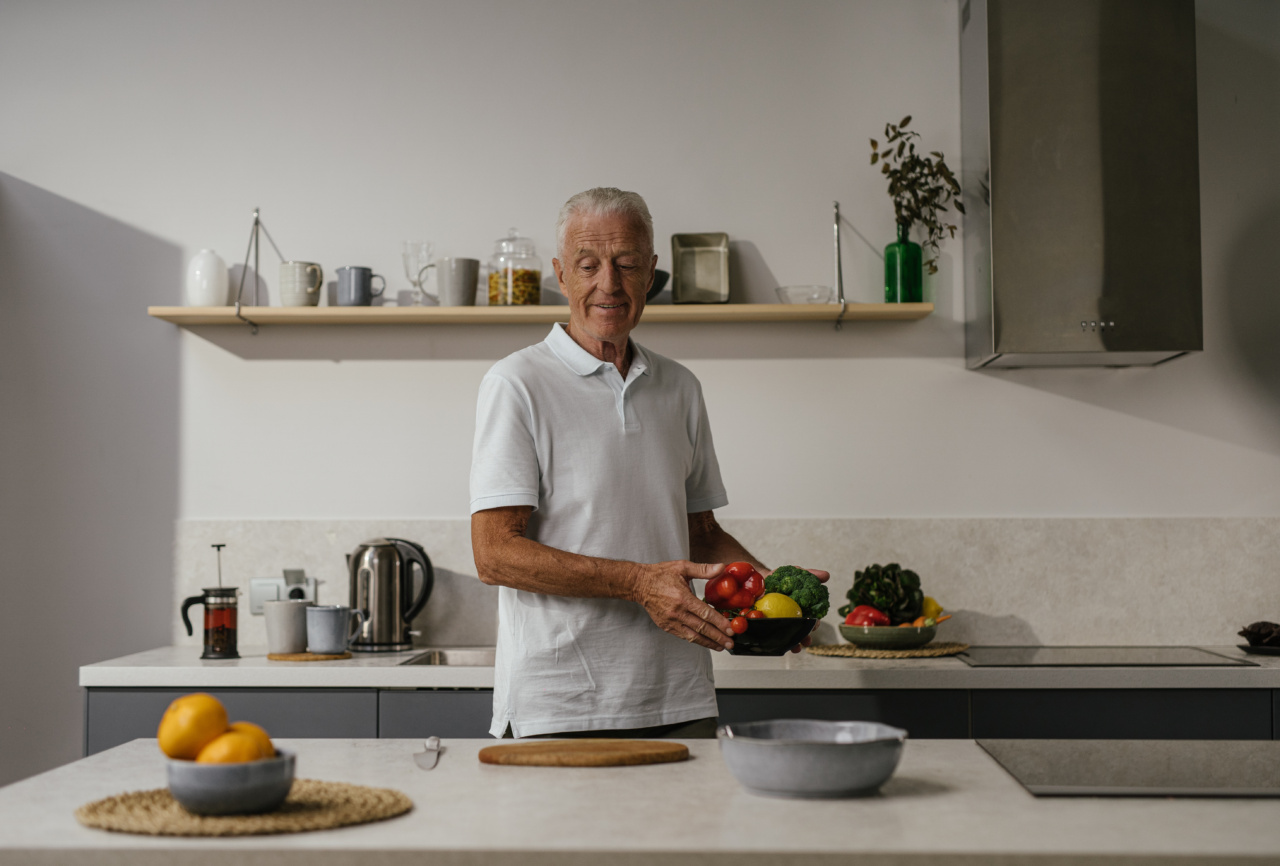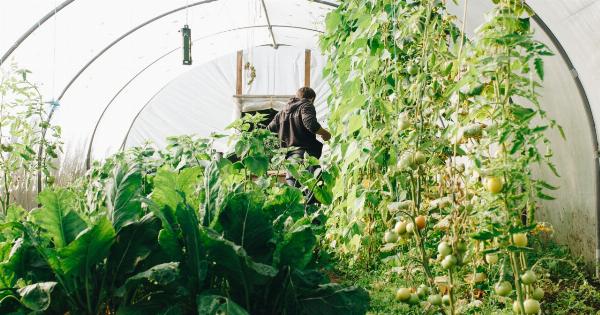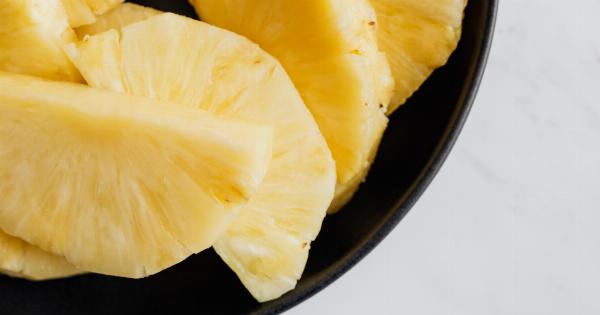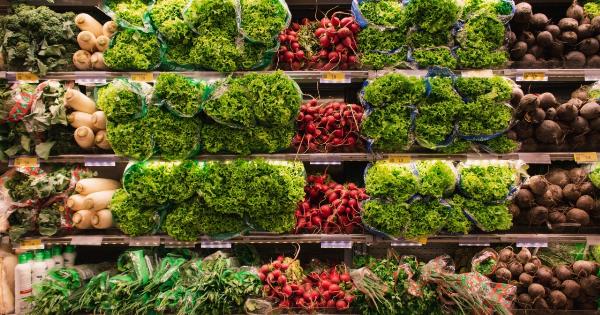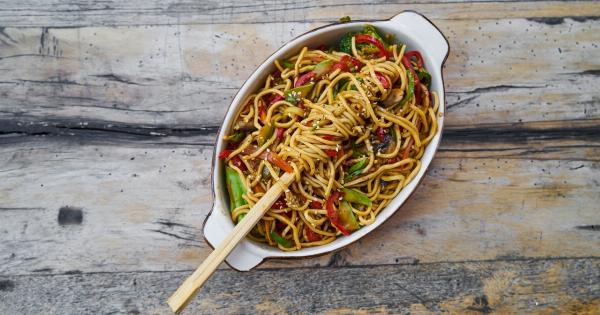When it comes to consuming fruits and vegetables, fresher is always better. While some vegetables can be stored for longer periods, there are several that deteriorate with age.
These vegetables tend to lose their nutritional value, texture, and flavor as they get older, making it important to consume them within a specific time frame. In this article, we will explore ten such vegetables that deteriorate with age and the reasons behind their gradual decline in quality.
1. Spinach
Spinach is a leafy green vegetable that is highly nutritious and packed with vitamins and minerals. However, it has a relatively short shelf life. As spinach ages, it tends to wilt and lose its crispness.
The leaves also become yellow and start to develop a bitter taste. To retain its freshness, it is best to consume spinach within a few days of purchase and store it properly in the refrigerator.
2. Lettuce
Lettuce is another leafy green vegetable that is commonly used in salads and sandwiches. However, once lettuce reaches a certain age, it becomes less crisp and its leaves start to turn brown and wilt.
This is due to the breakdown of chlorophyll, which gives lettuce its green color. To ensure optimal freshness, it is recommended to consume lettuce within a week of purchase and store it in a cool, dry place.
3. Cucumbers
Cucumbers are versatile vegetables that are enjoyed raw or pickled. However, as they age, cucumbers become softer, wrinkled, and lose their crunchiness. The texture becomes unpleasant, and the taste may become bitter.
To enjoy the best quality cucumbers, it is advisable to consume them within a week or so of purchase and store them in the refrigerator.
4. Tomatoes
Tomatoes, although technically a fruit, are widely considered a vegetable and are a staple in many dishes. However, as they age, tomatoes tend to lose their firmness and become mushy. Their flavor also diminishes over time.
To enjoy the juiciest and most flavorful tomatoes, it is recommended to consume them within a few days of purchase and store them at room temperature away from direct sunlight.
5. Bell Peppers
Bell peppers come in various vibrant colors and are rich in vitamins and antioxidants. However, with time, bell peppers become softer, develop wrinkles, and lose their crunchiness. The flavor may also become less pronounced.
To savor the freshest and most flavorful bell peppers, they should be consumed within a week of purchase and stored in the refrigerator.
6. Broccoli
Broccoli is a cruciferous vegetable that is known for its health benefits. However, as broccoli ages, the florets start to turn yellow and develop a strong, unpleasant odor. The texture also becomes less crisp.
It is best to consume broccoli within a week of purchase and store it in the refrigerator to maintain its quality.
7. Carrots
Carrots are root vegetables that are commonly consumed raw or cooked in various dishes. However, as carrots age, they become less crunchy and develop a rubbery texture. The taste may also become slightly bitter.
To enjoy the best flavor and texture, it is recommended to consume carrots within a few weeks of purchase and store them in a cool, dry place, preferably in a perforated bag to allow air circulation.
8. Mushrooms
Mushrooms are a popular ingredient in many cuisines and are known for their umami flavor. However, mushrooms do not have a long shelf life. They tend to become slimy and discolored as they age, indicating their deterioration.
To enjoy mushrooms at their best, it is advisable to consume them within a week of purchase and store them in a paper bag in the refrigerator.
9. Zucchini
Zucchini, also known as courgette, is a summer squash that is often used in various dishes. However, as zucchini ages, it becomes softer and loses its firmness and crunch. The skin may also become wrinkled.
To enjoy the best quality zucchini, it should be consumed within a week of purchase and stored in the refrigerator.
10. Green Beans
Green beans are a nutritious vegetable that can be enjoyed steamed, sautéed, or in salads. However, as they age, green beans become less crisp and tender. The color may also fade, and the beans may develop a wilted appearance.
To enjoy the freshest green beans, it is best to consume them within a week of purchase and store them in the refrigerator.
